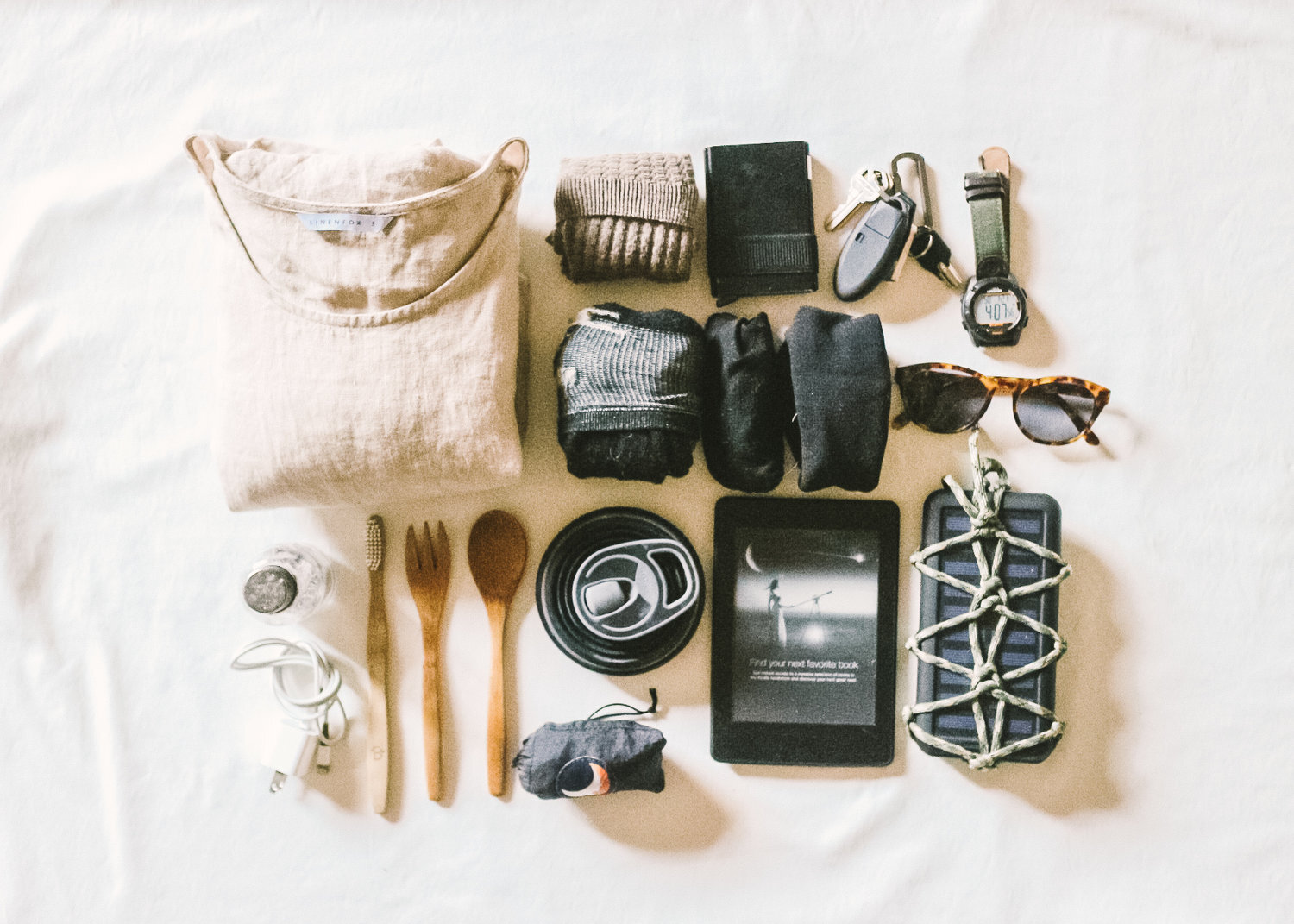Comprehending Minimalism: Techniques for Lowering Clutter and Enhancing Clearness in Everyday Living
Minimalism is increasingly identified as a viable approach to enhancing clarity and emphasis in today's messy world. By methodically assessing our ownerships and focusing on intentionality, we can produce areas that not just reflect our worths however additionally promote mental wellness.
Defining Minimalism and Its Benefits
Specifying minimalism involves recognizing it as a way of life option that highlights simpleness and intentionality in both physical belongings and day-to-day regimens. At its core, minimalism encourages individuals to prioritize what genuinely matters, enabling for a much more significant and focused presence. By removing the non-essential, minimalism invites people to engage deeply with their environments and experiences.
The advantages of embracing a minimal technique are complex. To start with, it cultivates mental quality, as decreasing clutter in one's environment can result in decreased interruptions and tension. People typically report enhanced focus and enhanced efficiency when bordered by less belongings. Secondly, minimalism promotes financial liberty; by focusing on demands over wants, individuals can make more enlightened getting choices, bring about prospective cost savings and minimized financial debt. Additionally, a minimal way of life can produce emotional benefits, as it encourages individuals to cultivate gratefulness of what they have instead of yearning for extra.
Inevitably, minimalism is not simply about worldly reduction however entails an all natural change in viewpoint, fostering a life characterized by objective, balance, and gratification. Welcoming this way of life can lead to profound adjustments in just how people regard and connect with the globe around them.
Assessing Your Current Mess
Mess usually shows up as an overwhelming accumulation of things that no longer serve a purpose, producing an obstacle to accomplishing a minimal way of life. Take note of details groups of things, such as clothes, books, or cookware, as this will certainly help you understand the extent of the mess.

In addition, take into consideration the frequency of usage for each item. It might be a prospect for elimination if something has actually not offered an objective in the past year. This analysis will certainly not only clarify your partnership with your belongings but will certainly also set the structure for reliable decluttering in the future. Ultimately, recognizing your existing clutter is an essential step toward embracing minimalism and enhancing quality in your daily living.

Practical Decluttering Strategies
Having actually assessed your current clutter, the next step is to execute useful decluttering techniques that assist in a more organized living room. Minimalism. One effective technique is the "Four-Box" method, where you assign 4 boxes labeled: maintain, contribute, trash, and relocate. This strategy motivates quick decision-making and makes certain things are categorized appropriately
An additional strategy is the "One in, One out" rule, which states that for every brand-new product obtained, an existing item needs to be eliminated. This concept helps preserve equilibrium and prevents build-up gradually. Furthermore, take into consideration the "30-Day Minimalism Video Game," where you remove one item on the first day, 2 on the 2nd, and so forth, cumulatively promoting a sense of accomplishment.
Limitation on your own to a certain number of valued items, allowing you to value their value without overwhelming your room. By utilizing these methods, you can create an extra serene and reliable living area, inevitably improving clearness in your everyday life.
Producing Willful Rooms
Developing willful rooms entails a thoughtful method to exactly Discover More how we layout and arrange our environments, guaranteeing each location offers a certain objective and mirrors our worths. This method is crucial in growing a feeling of clearness and purpose in our daily lives. By seriously assessing the feature of each area, we can remove disturbances and improve our general health.
To create intentional spaces, start by recognizing the main activities that will occur in each location. For circumstances, a home workplace need to be designed to cultivate efficiency, integrating elements such as sufficient lights, comfy furniture, and minimal diversions. On the other hand, a relaxation location should advertise harmony, including calming shades and comfortable seating.
In addition, take into consideration the psychological influence of your environments (Minimalism). Integrating individual products that reverberate with your worths, such as artwork or plants, can enhance the connection to your room. Consistently review these atmospheres to ensure they remain to offer their designated function as your requirements develop
Inevitably, creating deliberate rooms has to do with making aware selections that line up with your way of living, promoting harmony and performance in your living and working settings.
Keeping a Minimalist State Of Mind
Accepting a minimal state of mind needs ongoing representation and intentionality in our actions and ideas. Establish apart time to evaluate your commitments, ownerships, and even electronic material, ensuring they align with your core principles.
An additional trick strategy is to exercise gratitude. Acknowledging what you already possess fosters contentment and minimizes the need for unwanted. This shift in point of view motivates recognition for simpleness, enhancing overall well-being. Incorporating mindfulness strategies, such as reflection or journaling, can even more enhance a minimalist mindset by advertising clarity and decreasing psychological clutter.
Additionally, develop borders to safeguard your time and power. Discover to say no to non-essential responsibilities and distractions that my review here do not add to your personal growth. Border on your own with similar people who support your minimal trip, as shared worths can boost inspiration and liability.
Conclusion
In final thought, accepting minimalism provides considerable advantages, consisting of reduced mess and enhanced quality in day-to-day life. The principles of minimalism offer as important devices for cultivating an environment that supports individual development and well-being.

In addition, consider the "30-Day Minimalism Video Game," where you remove one item on the initial day, 2 on the 2nd, and so forth, cumulatively promoting a sense of accomplishment.
In conclusion, accepting minimalism supplies significant advantages, including lowered mess and boosted clearness in daily life.